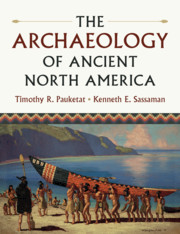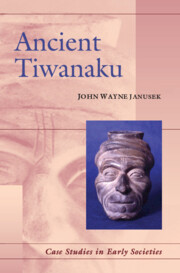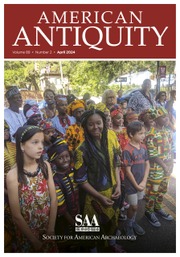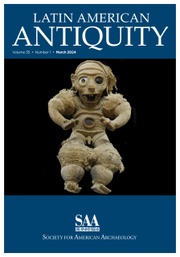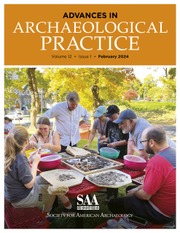Continuity and Change in the Native American Village
Multicultural Origins and Descendants of the Fort Ancient Culture
- Author: Robert A. Cook, Ohio State University
- Date Published: May 2021
- availability: Available
- format: Paperback
- isbn: 9781107619111
Paperback
Other available formats:
Hardback, eBook
Looking for an examination copy?
This title is not currently available for examination. However, if you are interested in the title for your course we can consider offering an examination copy. To register your interest please contact [email protected] providing details of the course you are teaching.
-
Two common questions asked in archaeological investigations are: where did a particular culture come from, and which living cultures is it related to? In this book, Robert A. Cook brings a theoretically and methodologically holistic perspective to his study on the origins and continuity of Native American villages in the North American Midcontinent. He shows that to affiliate archaeological remains with descendant communities fully we need to unaffiliate some of our well-established archaeological constructs. Cook demonstrates how and why Native American villages formed and responded to events such as migration, environment and agricultural developments. He focuses on the big picture of cultural relatedness over broad regions and the amount of social detail that can be gleaned from archaeological and biological data, as well as oral histories.
Read more- Examines how multiple forms of ethnicity enhance archaeological investigations, changing the way we think about connections between present and past
- Proposes a more integrative theoretical orientation regarding cultural change and continuity which will be useful for moving toward a middle ground in anthropological theory
- Combines archaeological, biological and cultural data with political implications, moving forward a more holistic study of the human past and allowing for better connections with potential descendant communities
Customer reviews
Not yet reviewed
Be the first to review
Review was not posted due to profanity
×Product details
- Date Published: May 2021
- format: Paperback
- isbn: 9781107619111
- length: 304 pages
- dimensions: 255 x 180 x 20 mm
- weight: 0.58kg
- availability: Available
Table of Contents
Acknowledgments
Prologue: unaffiliating the past to affiliate with the present
1. The Fort Ancient 'savage slot' and its descendants
2. Deconstructing Fort Ancient culture
3. Theories of culture process and history
4. The study region: 'a most delightful country'
5. Worlds colliding: Mississippian punctuations and woodland continuities
6. Hybrid villagers: becoming people of the Earth and sky
7. Coalescence and descendance: the persistence of the village form
8. Multicultural processes and histories
Epilogue: changing our cultural landscape.
Sorry, this resource is locked
Please register or sign in to request access. If you are having problems accessing these resources please email [email protected]
Register Sign in» Proceed
You are now leaving the Cambridge University Press website. Your eBook purchase and download will be completed by our partner www.ebooks.com. Please see the permission section of the www.ebooks.com catalogue page for details of the print & copy limits on our eBooks.
Continue ×Are you sure you want to delete your account?
This cannot be undone.
Thank you for your feedback which will help us improve our service.
If you requested a response, we will make sure to get back to you shortly.
×

